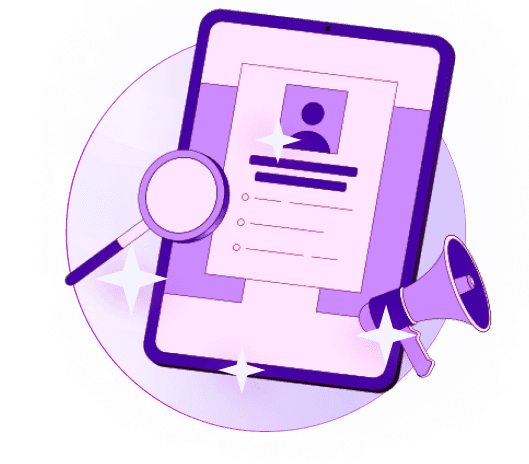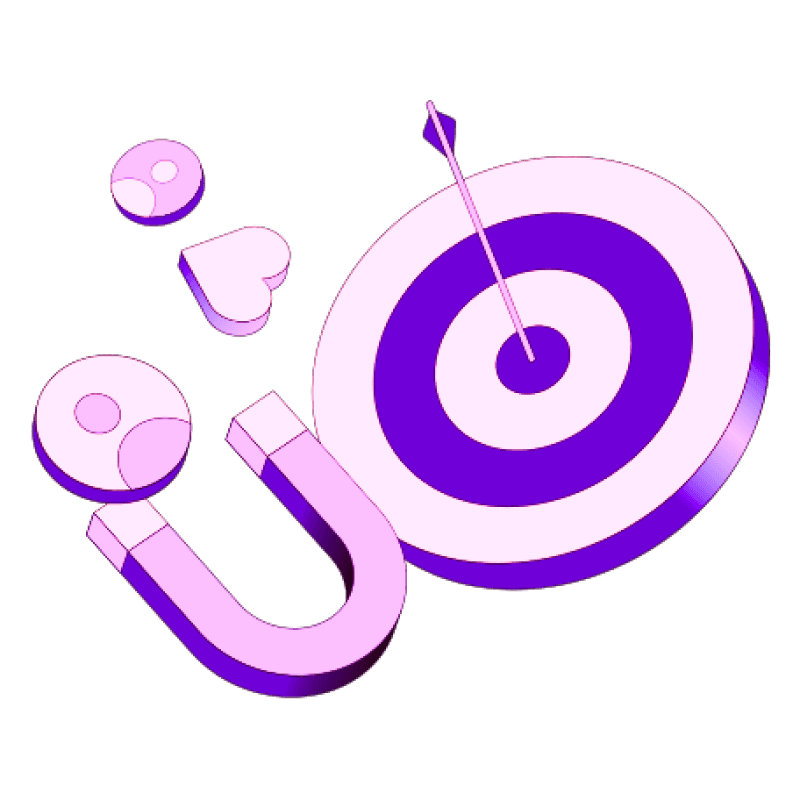Blogs
Articles

What Really Makes a Sales Engagement Platform Worth Your Money in 2025
Sales engagement platforms have transformed the way teams connect with prospects. Today, 92% of sales development organizations call them vital to their success. Companies that connect well with customers outperform competitors by 23%, see 63% lower customer attrition, and gain 55% higher wallet share.
This piece will help you understand what makes a sales engagement platform worth your investment in 2025. You'll learn about key features, evaluation criteria, and the business benefits you can expect.
What is a Sales Engagement Platform and Why It Matters?
Modern business success depends on how sales teams connect with prospects. A sales engagement platform (SEP) acts as a central command center that manages these vital interactions.
Definition of sales engagement
Sales engagement covers all interactions between sellers and potential buyers at multiple touchpoints—from first contact email to closing handshake. Sales teams need a systematic approach to connect with prospects through calls, emails, social media, and meetings. These platforms bring customer interactions together while automating routine tasks. Teams get a complete view of their sales process.
Sales engagement platforms are software solutions that optimize workflows, automate engagement, and improve deal execution. Sales representatives can connect with prospects through structured cadences, personalization tools, and multi-channel communication capabilities.
How it differs from sales enablement
People often mix up sales engagement and sales enablement, but they serve different purposes. The distinction is subtle yet important—sales engagement is an activity with buyer interactions, while sales enablement is a strategy that strengthens representatives to interact effectively.
Sales enablement focuses on:
Internal processes and training
Content management and accessibility
Giving teams the tools they need
Sales engagement focuses on:
External customer interactions
Communication strategy optimization
Arranging with customer trip stages
"Sales enablement is about supporting the sales team, but sales engagement is about cultivating and optimizing customer interactions".
Why it's essential in 2025
Sales engagement platforms continue to grow faster. About 87% of sales development organizations have adopted these platforms, and 92% call them critical to their success.
The market shows this importance—projected to reach USD 35.70 billion by 2034. Organizations see real benefits from these platforms, with 10-15% increases in sales productivity and 5-10% revenue growth.
Customer expectations require sophisticated engagement strategies. Studies show 76% of customers expect communication across multiple channels, and 83% want immediate engagement from companies.
These platforms help sales teams solve their core challenge: delivering quality, tailored interactions at scale. This capability gives companies a competitive edge in 2025's complex selling environment.
Key Features That Make a Platform Worth the Investment
Sales engagement platform's success depends on features that boost productivity and results. Let's get into the capabilities that make high-performing platforms stand out from average ones.
Multi-channel communication tools
Top platforms help sales teams reach prospects where they spend time. They support communication channels like email, phone, SMS, LinkedIn, Twitter, and WhatsApp in one unified interface. This approach improves connection chances by a lot, as 82% of buyers accept meetings with reps who make cold calls. Sales teams can switch channels naturally while keeping context, which creates flowing conversations instead of broken interactions.
Automation and sales cadences
Modern platforms have changed how teams run outreach campaigns. Sales reps can build multichannel cadences that move forward based on what prospects do. This method gives consistent follow-up and most deals need multiple touchpoints to close. To name just one example, a platform study showed that automated personalized multi-step flows improved response rates by 3.5x. These tools can also set up tasks from conversation details, like booking meetings mentioned during calls.
Analytics and performance tracking
Evidence-based decisions help top performers beat average teams. Complete analytics dashboards show content adoption, engagement metrics, and call analytics that reveal successful strategies. Leading platforms spot trending topics in conversations and track competitive mentions. Teams can improve their approach as conversation trends show patterns they might miss otherwise.
CRM and salesforce integration
A platform's value comes from how naturally it fits existing workflows. Top solutions offer two-way CRM sync that updates data automatically. Leading platforms come with more than 100 integrations, so teams can add features while their CRM stays the main source of truth. This merger cuts down time spent switching between apps - a major productivity drain.
Content management and personalization
Sales teams need a central place to store and find sales materials quickly. This fixes a big problem: 60-70% of B2B sales content often sits unused. Smart platforms use AI to suggest relevant content based on buyer type, stage, and context, which helps reps share the best materials. Some tools even track how buyers use shared content and learn what strikes a chord.
AI and conversation intelligence
Innovative AI features lead the way in sales engagement. Conversation intelligence uses AI to study calls and shows customer feelings, objections, and competitor mentions. These tools create transcripts and spot coaching opportunities while suggesting better approaches. The results are impressive - 44% of sales teams now focus on conversation intelligence and create AI-specific training programs. Advanced platforms also guide reps during calls to handle objections better.
How to Evaluate a Sales Engagement Platform in 2025?
Picking the right sales engagement platform needs a thorough review of several critical aspects. The year 2025 brings new focus areas that will help your investment deliver maximum value.
Ease of use and onboarding
An easy-to-use interface affects how many people adopt the platform. Your evaluation should include testing navigation, feature access, and task completion with real users. User surveys and interviews help identify potential problems. The platforms that work best offer mobile access for sales activities on the move. They also feature simplified processes that boost adoption rates and user-friendly designs that make learning faster.
Customization and scalability
Your platform should grow with your organization. Look for:
Flexible features that support expanding operations
Integration marketplace options to add new tools as needed
Adaptability to handle evolving sales processes without major changes
The platform must adapt as your team grows. It should be flexible enough to meet changing needs without expensive upgrades or major reconfigurations.
Integration with existing tools
Continuous connection with your current tech stack is essential. The platform must sync with your CRM system in real time to ensure data flows automatically between systems. You should review how it works with collaboration tools and marketing platforms. The best platforms offer bidirectional synchronization. This eliminates manual data entry and keeps your CRM as the single source of truth.
Support and training resources
The availability and quality of customer support matter in your decision. Review service level agreements and support channel options. The training materials should include tutorials, webinars, and onboarding resources. An active user community can be a great way to get tips beyond official support channels.
Real Business Benefits You Can Expect
Sales engagement platforms deliver real returns that affect your bottom line. Let's look at the concrete benefits these tools bring to the table.
Improved rep productivity
Sales representatives spend just 28-35% of their week on actual selling. These platforms change this equation by taking over repetitive tasks that eat up precious time. Teams now report productivity jumps up to 30% with automation. Their reps handle more leads without extra manual work. Companies that use these platforms can build 322% more pipeline, which means each rep reaches three times more prospects without adding staff.
Higher engagement and conversion rates
Quick response creates a winning edge in today's market. Data shows prospects convert nine times more often when reached within five minutes of showing interest. These platforms make quick responses possible through instant alerts and automatic follow-ups. Companies that use personalized communication sequences see customer losses drop by up to 63%. One company found their visitors responded 900X more often when they reached out through their platform.
Better alignment between sales and marketing
The hidden gem lies in better teamwork between departments. Companies where sales and marketing line up well see 20% yearly growth and close 67% more deals. This teamwork creates clear visibility - marketing sees how content performs while sales gets better leads. Both teams work with the same numbers instead of separate goals.
Faster deal cycles and revenue growth
Revenue growth tells the real story. Companies using these platforms move deals 75% faster and win 28% more deals. Palo Alto Networks saw 20% better lead-to-opportunity numbers and doubled their closed-won rates after setup. Their pipeline progression moved 10X faster, which means prospects became customers much sooner.
Conclusion
have without doubt changed how teams connect with prospects and manage their sales processes. This piece shows what makes these platforms worth your investment in 2025. The right platform combines powerful features like multi-channel communication tools, automation capabilities, and AI-powered analytics that work together to deliver measurable results.
Results prove the value clearly. Companies that use these platforms well report boosted productivity, substantially higher conversion rates, and faster deal cycles. Sales and marketing teams that line up create a unified approach to customer acquisition and drive steady growth.
Your engagement strategy must adapt as the sales world keeps changing. We suggest learning about solutions that match your specific business needs and goals. Visit Persana.ai to find how their groundbreaking sales engagement tools can help your team connect better with prospects while delivering measurable results.

Create Your Free Persana Account Today
Join 5000+ GTM leaders who are using Persana for their outbound needs.
How Persana increases your sales results
One of the most effective ways to ensure sales cycle consistency is by using AI-driven automation. A solution like Persana, and its AI SDR - Nia, helps you streamline significant parts of your sales process, including prospecting, outreach personalization, and follow-up.



